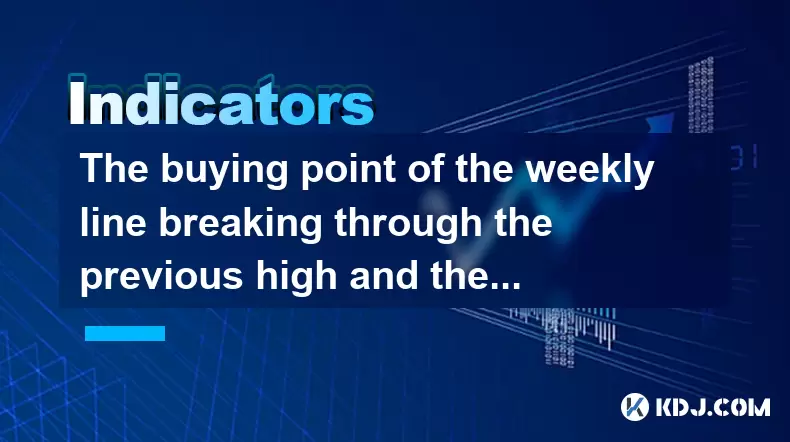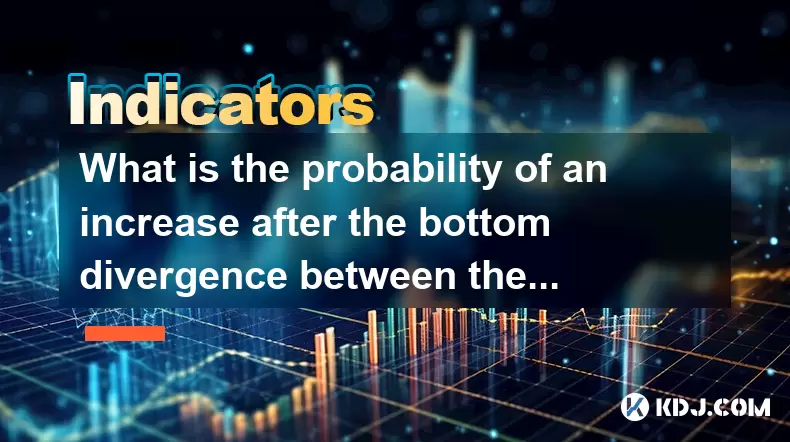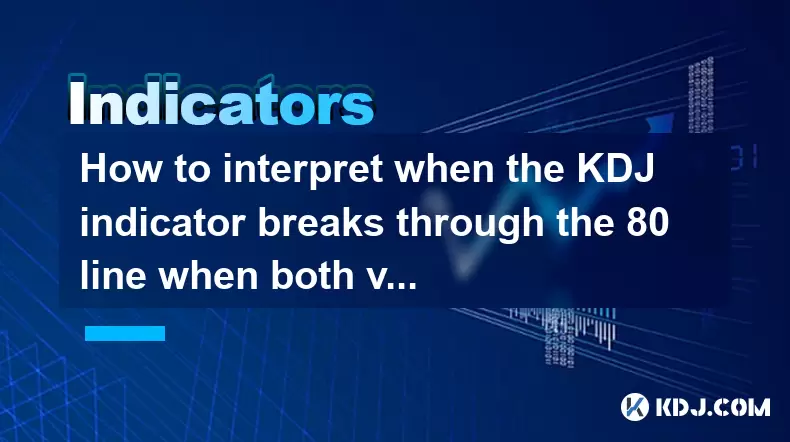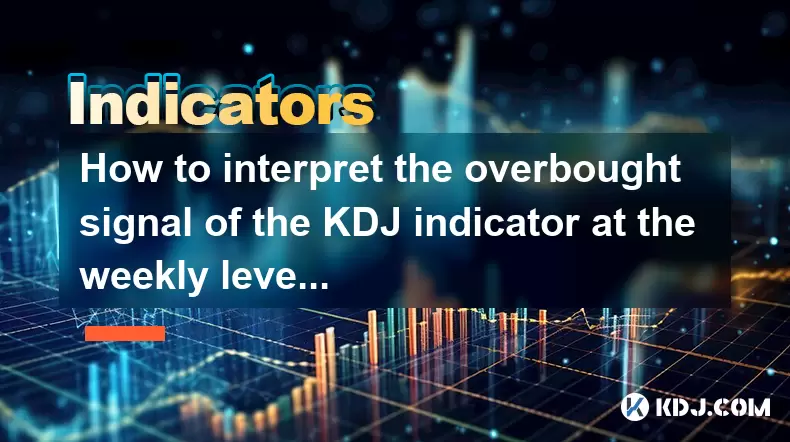-
 Bitcoin
Bitcoin $115100
-2.99% -
 Ethereum
Ethereum $3642
-1.38% -
 XRP
XRP $3.027
-5.51% -
 Tether USDt
Tether USDt $1.000
-0.05% -
 BNB
BNB $763.4
-1.32% -
 Solana
Solana $177.2
-5.42% -
 USDC
USDC $0.9999
-0.02% -
 Dogecoin
Dogecoin $0.2247
-6.47% -
 TRON
TRON $0.3135
0.23% -
 Cardano
Cardano $0.7824
-4.46% -
 Hyperliquid
Hyperliquid $42.53
-0.97% -
 Stellar
Stellar $0.4096
-6.09% -
 Sui
Sui $3.662
-2.61% -
 Chainlink
Chainlink $17.63
-3.57% -
 Bitcoin Cash
Bitcoin Cash $536.3
2.94% -
 Hedera
Hedera $0.2450
0.34% -
 Avalanche
Avalanche $23.23
-3.15% -
 Litecoin
Litecoin $112.2
-1.23% -
 UNUS SED LEO
UNUS SED LEO $8.976
-0.30% -
 Shiba Inu
Shiba Inu $0.00001341
-2.72% -
 Toncoin
Toncoin $3.101
-2.44% -
 Ethena USDe
Ethena USDe $1.001
-0.05% -
 Uniswap
Uniswap $10.08
-1.97% -
 Polkadot
Polkadot $3.938
-2.77% -
 Monero
Monero $323.9
0.87% -
 Dai
Dai $0.9999
-0.02% -
 Bitget Token
Bitget Token $4.481
-1.69% -
 Pepe
Pepe $0.00001199
-5.94% -
 Aave
Aave $288.2
-0.68% -
 Cronos
Cronos $0.1279
0.36%
The buying point of the weekly line breaking through the previous high and the daily line shrinking volume stepping back to the neckline
A weekly breakout above the prior high, confirmed by high volume and a low-volume pullback to the neckline, signals strong bullish momentum and a high-probability buy opportunity.
Jul 24, 2025 at 11:42 pm

Understanding the Weekly Breakout Signal
In cryptocurrency trading, a weekly line breaking through the previous high is a significant bullish signal. This pattern suggests that the price has overcome a key resistance level on a longer time frame, indicating strong momentum and potential for continued upward movement. When the weekly candle closes above the prior week’s high, it reflects a shift in market sentiment from neutral or bearish to bullish. Traders often interpret this as confirmation that the asset is entering a new phase of accumulation or markup. The importance of this breakout increases when it occurs after a prolonged consolidation or downtrend, as it signals a potential reversal. To validate the breakout, traders should examine the volume during the breakout week. A high trading volume supports the legitimacy of the move, reducing the likelihood of a false breakout.
Daily Chart Confirmation: Volume Shrinkage and Pullback
After a weekly breakout, it’s common for the price to experience a pullback on the daily chart. A healthy pullback is characterized by shrinking volume, which indicates that selling pressure is weak and that the breakout is likely to be sustained. This pullback often retraces to a key support level, such as the neckline of a prior consolidation pattern—commonly seen in formations like double bottoms or head and shoulders reversals. When the price steps back to this neckline with decreasing volume, it shows that bears are unable to push the price lower, while bulls are still in control. This creates a potential buying opportunity, as the combination of the weekly breakout and the low-volume daily pullback suggests accumulation by strong hands.
Identifying the Neckline on the Chart
The neckline is a critical technical level that acts as dynamic support or resistance. In the context of a reversal pattern, such as a double bottom or inverse head and shoulders, the neckline is drawn by connecting the two reaction highs that form the shoulders. When the price breaks above this neckline and then retests it from below, the neckline becomes support. To draw the neckline accurately:
- Locate the two highest points within the consolidation phase before the breakout.
- Use the drawing tool on your trading platform to connect these two points with a straight line.
- Extend this line into the future to anticipate where the pullback might find support.
The neckline doesn’t need to be perfectly horizontal; it can slope slightly upward or downward. What matters is that the price respects this level during the pullback, especially when accompanied by low volume, which reinforces the bullish bias.Executing the Buy Entry with Precision
To enter a trade based on this setup, traders should wait for the daily candle to show signs of reversal at the neckline. The following steps outline the entry process: - Monitor the daily chart after the weekly breakout has been confirmed.
- Wait for the price to approach the neckline support with visibly reduced trading volume.
- Look for bullish candlestick patterns such as a hammer, bullish engulfing, or a morning star near the neckline.
- Place a buy order slightly above the high of the reversal candle to confirm momentum.
- Set a stop-loss just below the neckline to manage risk in case the support fails.
- Use a risk-reward ratio of at least 1:2, targeting the next major resistance level.
It’s essential to avoid entering on speculation before the reversal candle forms. Patience ensures higher probability trades and minimizes exposure to false signals.Volume Analysis: Confirming Strength and Weakness
Volume plays a crucial role in validating this trading setup. During the weekly breakout, volume should expand significantly, showing strong participation from buyers. This expansion confirms that the breakout is not driven by thin liquidity or market manipulation. Conversely, during the daily pullback, volume should contract, indicating lack of aggressive selling. To analyze volume effectively: - Enable the volume indicator on your trading chart (usually available on platforms like TradingView or Binance).
- Compare the volume bars during the breakout week to the preceding weeks—higher volume bars confirm strength.
- During the pullback, observe whether the volume bars are shorter than average, which suggests weakening selling pressure.
- Avoid entering if the pullback occurs on high volume, as this may indicate distribution or a failed breakout.
Using volume in conjunction with price action increases the reliability of the signal and helps filter out noise in volatile crypto markets.Managing the Trade Post-Entry
After entering the trade, active management is required to protect profits and adapt to market conditions. Once the price moves in your favor: - Move the stop-loss to breakeven when the price reaches a 1:1 risk-reward level.
- Consider taking partial profits at key resistance zones, especially if volume increases on the move up.
- Trail the remaining stop-loss behind recent swing lows using a moving average or recent candle lows.
- Avoid exiting the entire position prematurely based on short-term volatility.
Monitoring the weekly chart remains important, as a close below the breakout level could signal a reversal. Keeping position size aligned with risk parameters ensures long-term sustainability in trading.Frequently Asked Questions
Q: How do I distinguish between a genuine pullback and a failed breakout?
A genuine pullback occurs with declining volume and halts near the neckline or other support levels. A failed breakout, however, often sees the price close back below the breakout level on high volume, accompanied by bearish candlesticks. Watch for weekly closes to confirm whether the breakout holds.Q: Can this strategy be applied to all cryptocurrencies?
Yes, but it works best on high-liquidity assets like Bitcoin (BTC), Ethereum (ETH), or Binance Coin (BNB). Low-cap altcoins may exhibit erratic volume and false breakouts due to low market depth, making the signal less reliable.Q: What time frame should I use for monitoring the pullback?
The daily chart is ideal for tracking the pullback after a weekly breakout. It provides a balanced view of price action and volume without the noise of lower time frames. Use 4-hour candles only for fine-tuning entry timing.Q: How long should I wait for the pullback to occur?
There’s no fixed timeline, but most pullbacks happen within 1 to 3 weeks after the breakout. If the price continues to rise without retracing, it may indicate strong momentum, but the risk of overextension increases. Waiting too long may result in missed opportunities or chasing the price.
Disclaimer:info@kdj.com
The information provided is not trading advice. kdj.com does not assume any responsibility for any investments made based on the information provided in this article. Cryptocurrencies are highly volatile and it is highly recommended that you invest with caution after thorough research!
If you believe that the content used on this website infringes your copyright, please contact us immediately (info@kdj.com) and we will delete it promptly.
- TOKEN6900: The Next Big Meme Coin? Presale Heats Up!
- 2025-07-26 05:30:35
- ONDO Breakout Assessment: Whales, Wallets, and What's Next?
- 2025-07-26 05:30:35
- Kaspa's Strongest Month REVEALED: New Data Shocks KAS Traders!
- 2025-07-26 04:30:12
- Cross-Border Payments Revolution: Stablecoins and Payment Providers Leading the Charge
- 2025-07-26 04:50:12
- Crypto Losses: From ZIRP to Zero - How I Lost a Million Dollars (and What You Can Learn)
- 2025-07-26 04:30:12
- Strategy, Bitcoin, and Preferred Stock: A New York Minute on Saylor's Bold Bet
- 2025-07-26 04:50:12
Related knowledge

What does it mean when the price breaks through the 30-day moving average and is accompanied by a large volume?
Jul 26,2025 at 03:35am
Understanding the 30-Day Moving Average in Cryptocurrency TradingThe 30-day moving average (MA) is a widely used technical indicator in the cryptocurr...

What does it mean when the MACD bar turns from negative to positive?
Jul 26,2025 at 05:01am
Understanding the MACD Indicator in Cryptocurrency TradingThe Moving Average Convergence Divergence (MACD) is a widely used technical analysis tool in...

Does the golden cross of the KDJ three lines at the annual line level indicate a turning point in the big cycle?
Jul 26,2025 at 01:35am
Understanding the KDJ Indicator in Cryptocurrency TradingThe KDJ indicator is a momentum oscillator widely used in technical analysis, especially with...

What is the probability of an increase after the bottom divergence between the KDJ indicator and the trading volume?
Jul 26,2025 at 01:29am
Understanding KDJ Indicator and Its Role in Technical AnalysisThe KDJ indicator is a momentum oscillator widely used in cryptocurrency trading to iden...

How to interpret when the KDJ indicator breaks through the 80 line when both volume and price rise?
Jul 26,2025 at 12:47am
Understanding the KDJ Indicator and Its ComponentsThe KDJ indicator is a momentum oscillator widely used in technical analysis within the cryptocurren...

How to interpret the overbought signal of the KDJ indicator at the weekly level?
Jul 26,2025 at 04:09am
Understanding the KDJ Indicator at the Weekly LevelThe KDJ indicator is a momentum oscillator widely used in technical analysis to identify potential ...

What does it mean when the price breaks through the 30-day moving average and is accompanied by a large volume?
Jul 26,2025 at 03:35am
Understanding the 30-Day Moving Average in Cryptocurrency TradingThe 30-day moving average (MA) is a widely used technical indicator in the cryptocurr...

What does it mean when the MACD bar turns from negative to positive?
Jul 26,2025 at 05:01am
Understanding the MACD Indicator in Cryptocurrency TradingThe Moving Average Convergence Divergence (MACD) is a widely used technical analysis tool in...

Does the golden cross of the KDJ three lines at the annual line level indicate a turning point in the big cycle?
Jul 26,2025 at 01:35am
Understanding the KDJ Indicator in Cryptocurrency TradingThe KDJ indicator is a momentum oscillator widely used in technical analysis, especially with...

What is the probability of an increase after the bottom divergence between the KDJ indicator and the trading volume?
Jul 26,2025 at 01:29am
Understanding KDJ Indicator and Its Role in Technical AnalysisThe KDJ indicator is a momentum oscillator widely used in cryptocurrency trading to iden...

How to interpret when the KDJ indicator breaks through the 80 line when both volume and price rise?
Jul 26,2025 at 12:47am
Understanding the KDJ Indicator and Its ComponentsThe KDJ indicator is a momentum oscillator widely used in technical analysis within the cryptocurren...

How to interpret the overbought signal of the KDJ indicator at the weekly level?
Jul 26,2025 at 04:09am
Understanding the KDJ Indicator at the Weekly LevelThe KDJ indicator is a momentum oscillator widely used in technical analysis to identify potential ...
See all articles

























































































